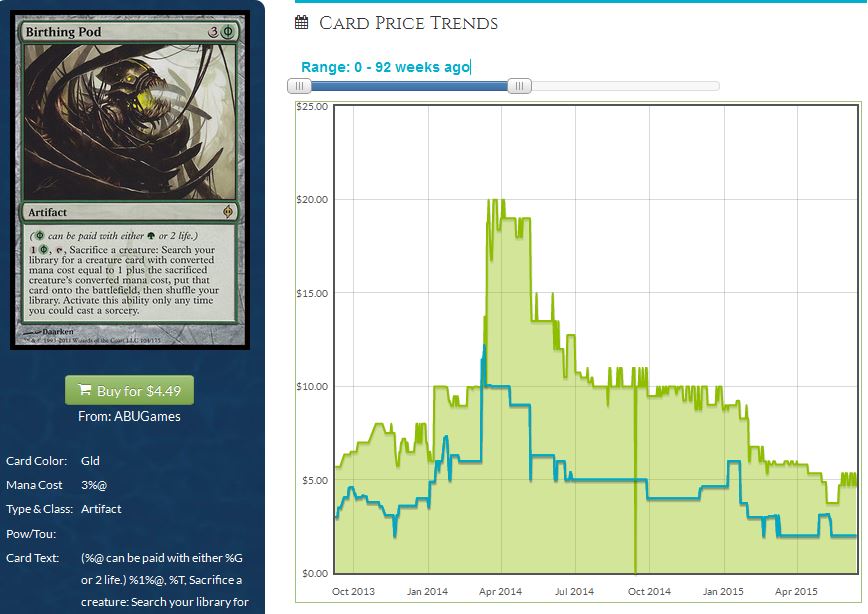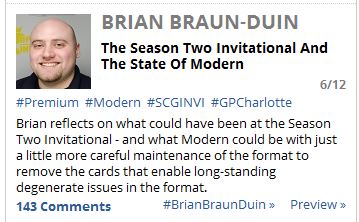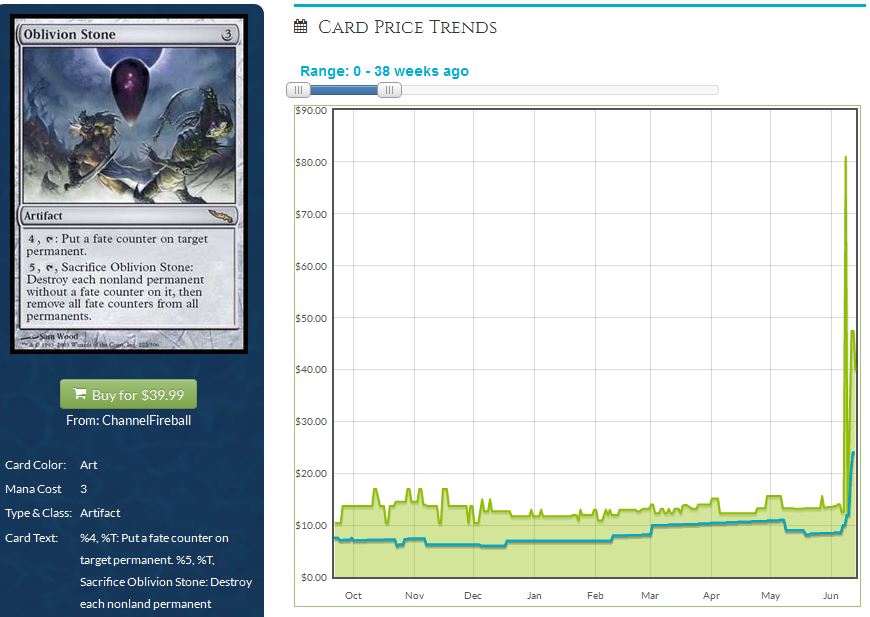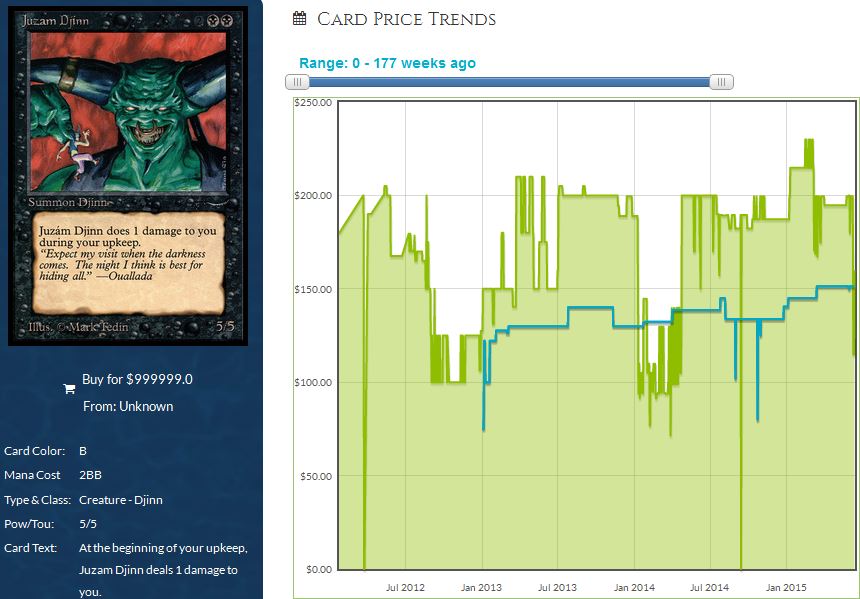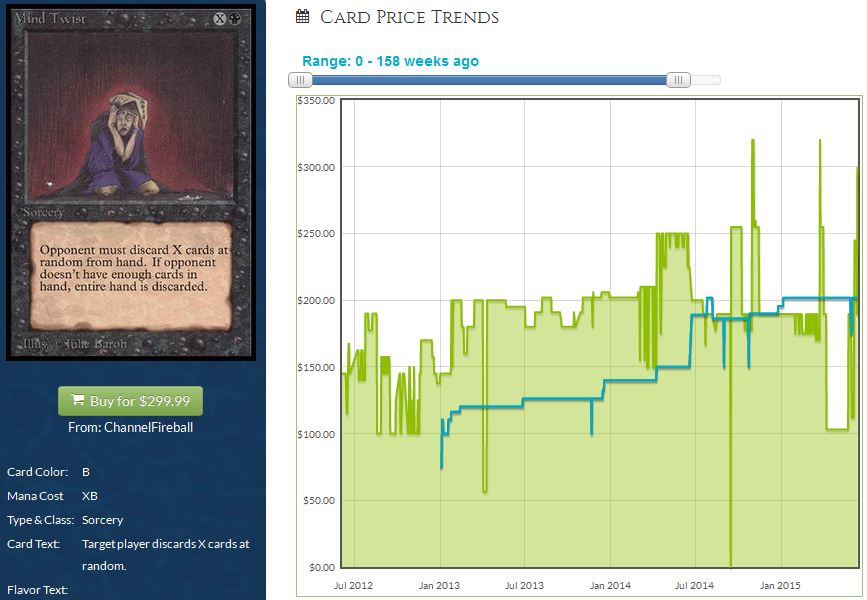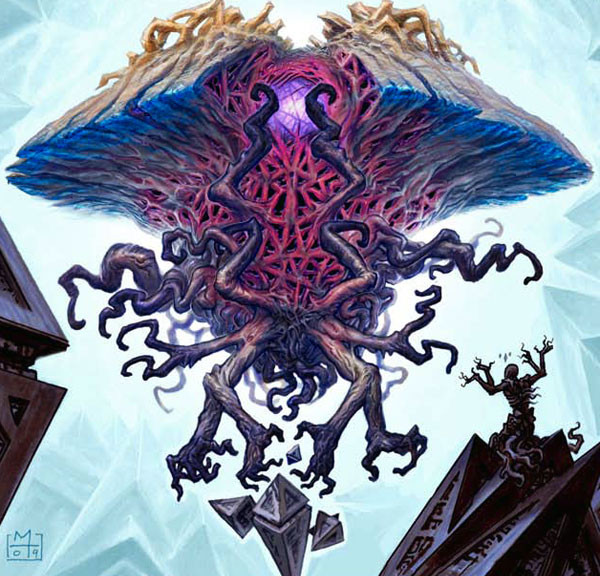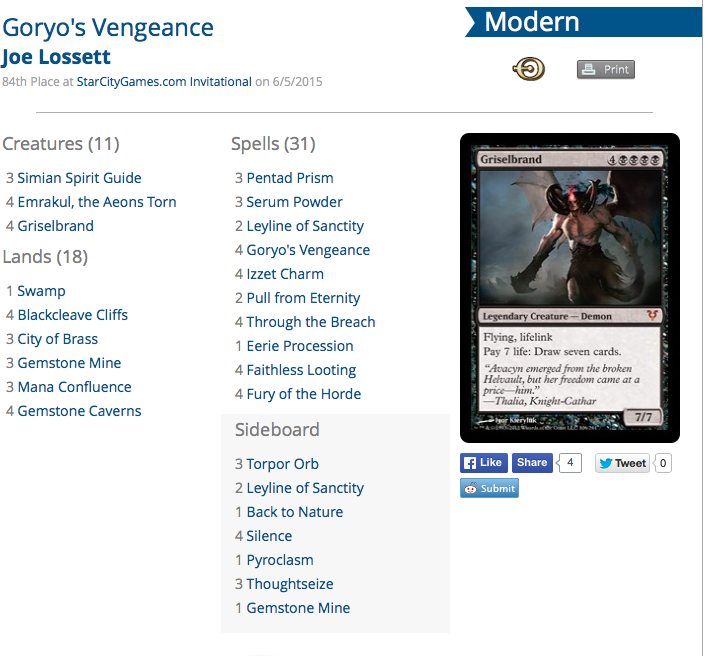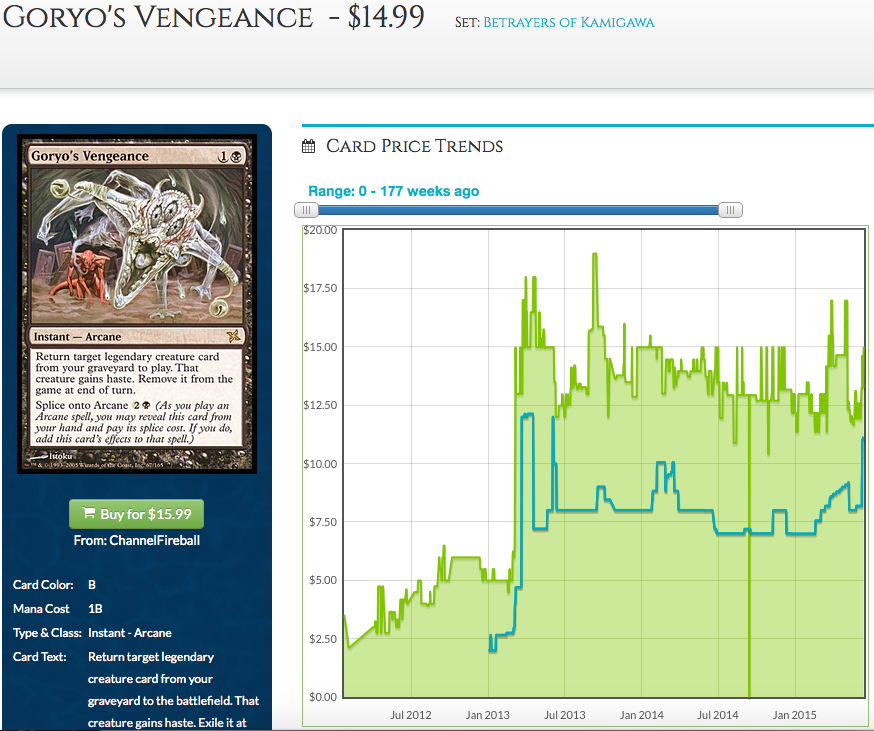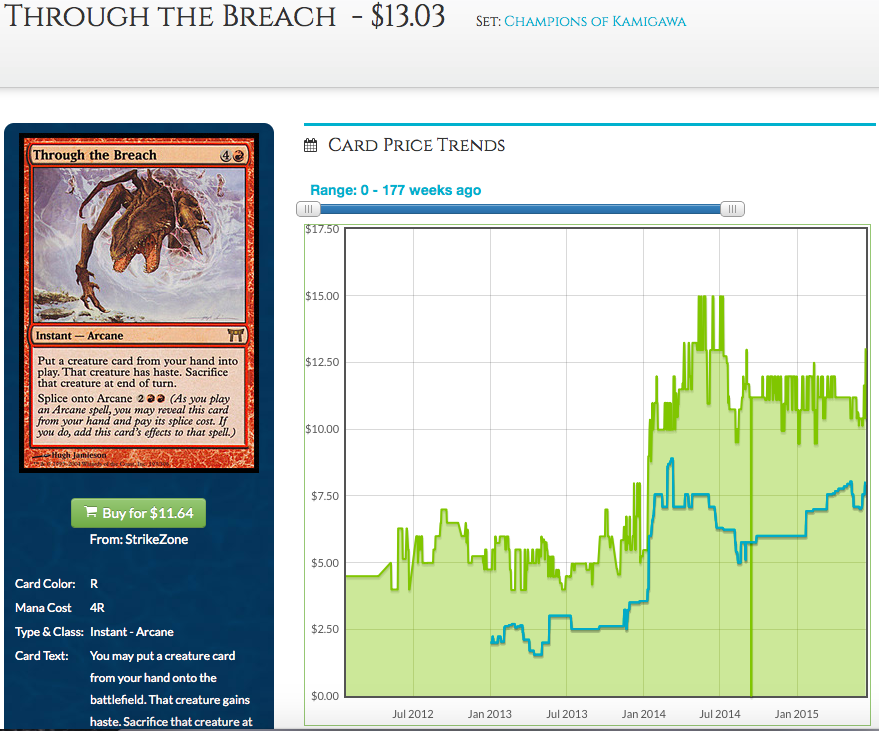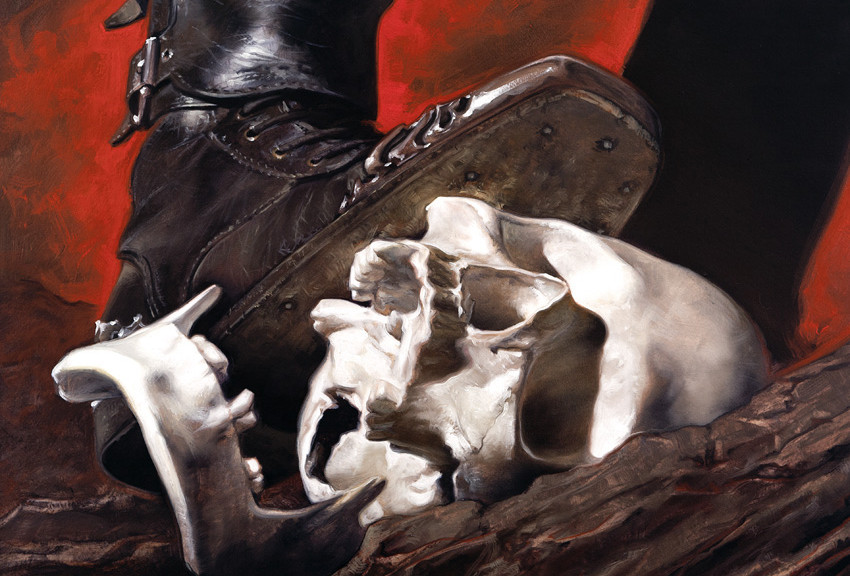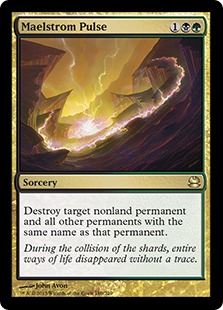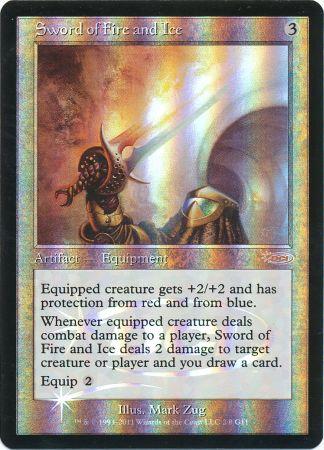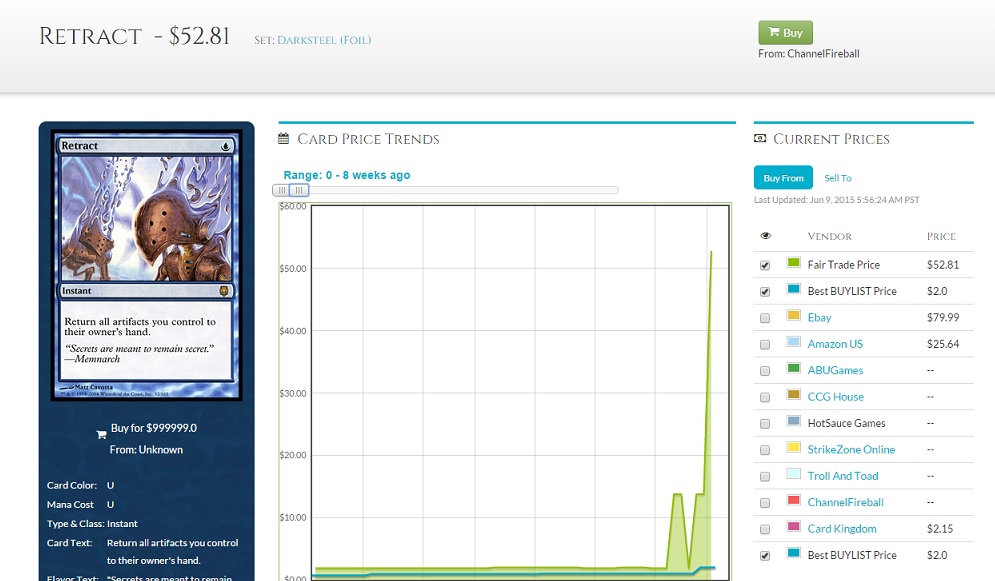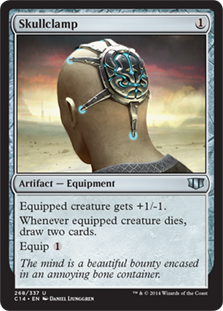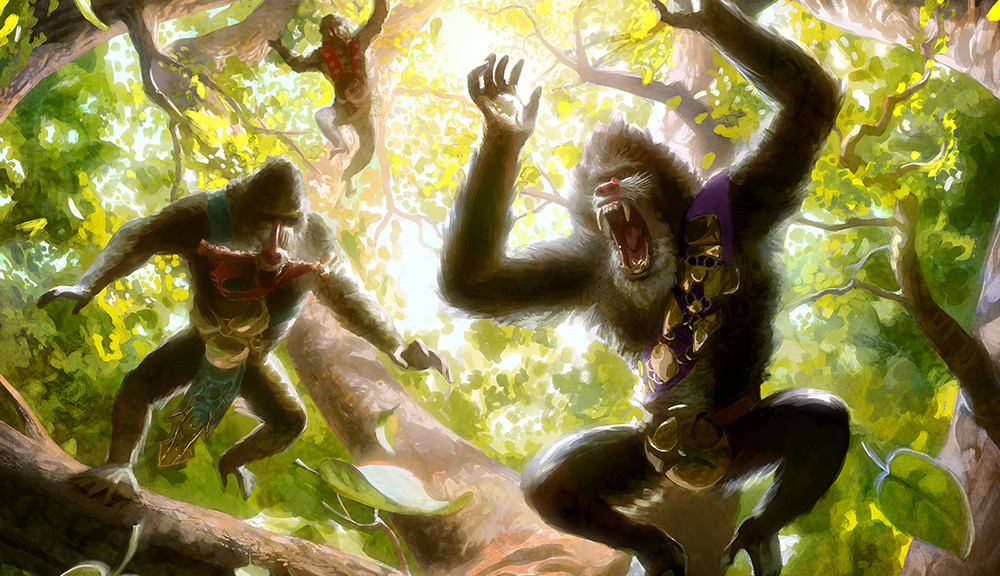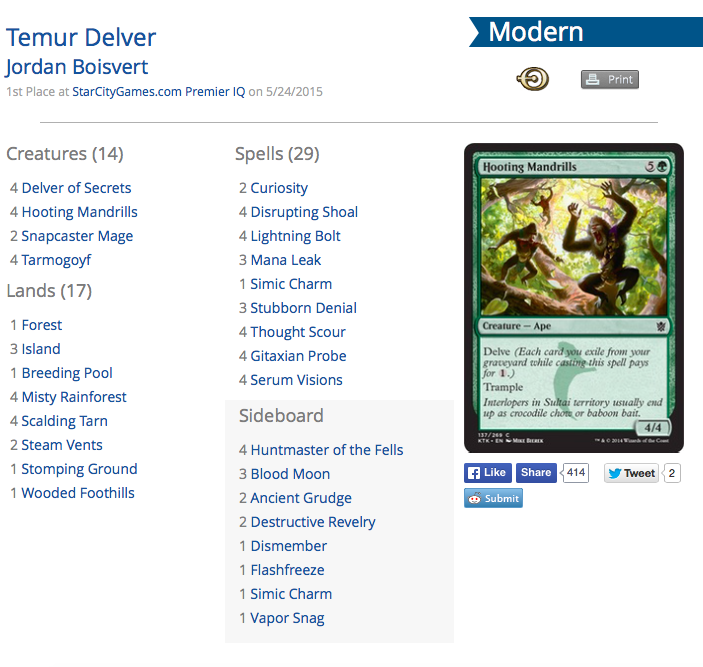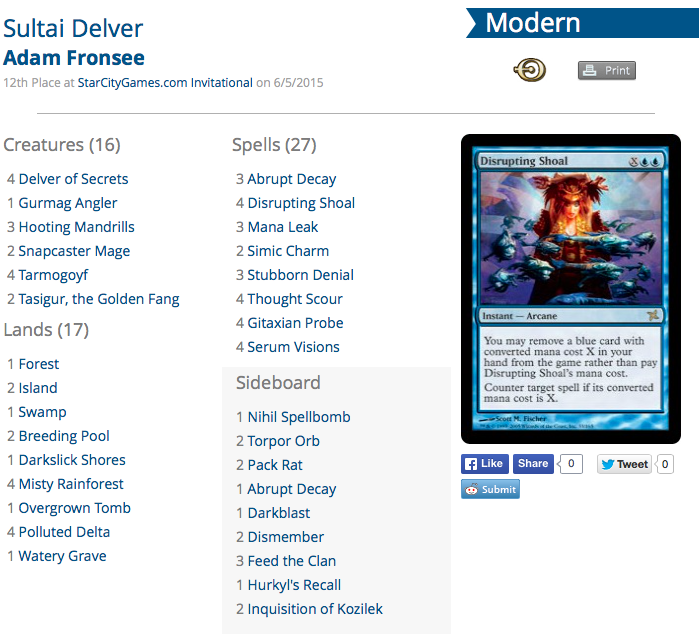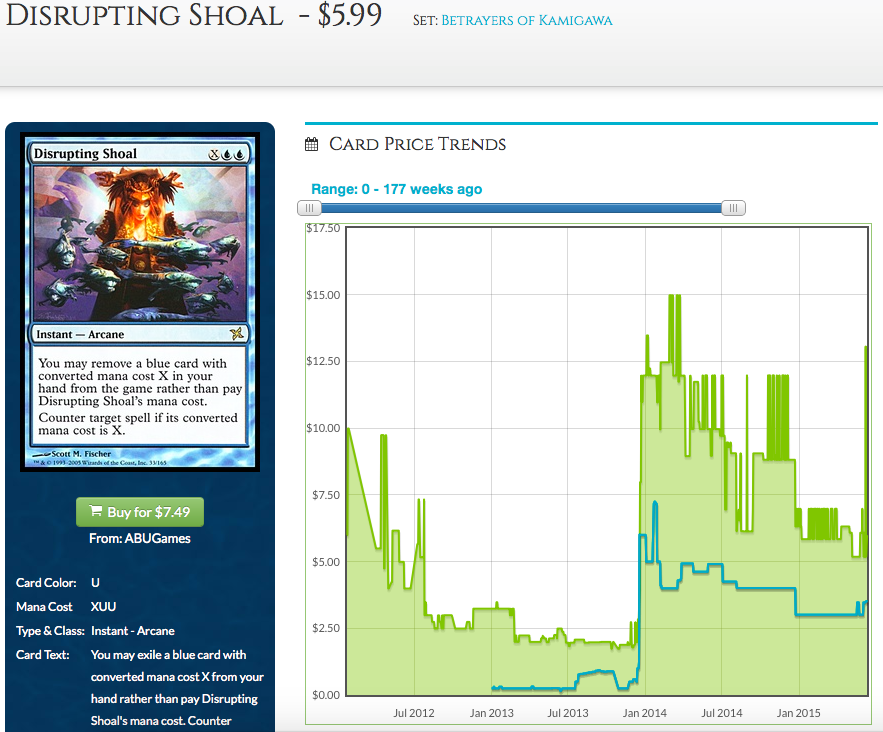“The sky is falling! The sky is falling!” – Chicken Little
The folk tale of Chicken Little dates back over 25 centuries. References to the little critter are used frequently in our society. Most often the metaphor is used to describe one who is overly cautious or prone to catastrophizing. In the world of MTG Finance, people may refer to me as Chicken Little.
On Wall Street, analysts who frequently predict a doom-ridden future are known as “permabears.” Marc Faber, publisher of the Gloom Boom & Doom Report, is probably one of the more vocal “Chicken Littles” of Wall Street. CNBC showcases an article with his opinion on a weekly basis.
What value could permabears have for the MTG economy? Can everything truly be so dire? Why am I always so risk-averse?
Hopefully I can shed some light into my motivations in this article, along with why it’s not a bad idea to listen to Chicken Little…once in a while.
Motivations
I’ve mentioned my primary motivation for MTG Finance numerous times already. My son is three years old – in 15 years I hope he decides to pursue a college degree. To help pay for said degree I’m attempting to generate as much cash as possible from this hobby. Once I earn a certain amount of profits, I move funds out of Magic and into a Fidelity account. This Fidelity account houses a well-balanced portfolio of stocks and funds which will hopefully grow and compound profitably over the next 15 years.
That’s my approach. Losing money hinders my objective. The goal is to make money in Magic. Simple enough, right?
What accompanies this objective is a corollary I’ve come to accept: playing the game can be bad for business.
This isn’t always true. I’m oversimplifying here. For one, there’s always the risk/reward balance to keep in mind. Maintaining a Tier 1 Standard deck can be costly when new sets are constantly shaking up the metagame. If you’re a skillful player, that may not matter. You could win enough events to more than cover your expense for maintaining or switching decks in Standard. Guess what: I don’t play frequently enough to be a skillful player.
That means Standard is out. I honestly haven’t been excited about Standard in quite some time anyway.
I used to view Modern as the ultimate compromise. I could build a deck I liked and confidently play it for years to come, maintaining minimally while not having to sink a thousand bucks into a mana base and some Force of Wills. Then this happened:
My Modern deck was blown out of contention by the banning of Birthing Pod. Not only was I left with an unplayable deck, but I was also left with measurable financial loss. Was the loss completely unbearable? No. But remember, I hate losing money.
What is Enjoyment Worth?
I didn’t want to abandon Modern altogether so I built the deck that looked most attractive to me after Melira Pod. That happened to be Amulet Bloom. I bought into the deck, and have since netted a small amount of profit thanks to its rapid rise in popularity. The deck rose to Tier 1 status, and I was beginning to feel energized by the format again.
Then Brian Braun-Duin wrote an article.
When professional players write about and clamor for a Modern banning, I listen. And when it’s my deck in particular they are stating is overpowered, I act. Can you blame me? I was fooled once by holding my Pod deck for too long, shame on WOTC. Do you honestly think I can hold the newly hated Amulet Bloom deck? If I did, I would be the only one to blame. In fact MTGPrice writer Travis Allen put it best recently on Twitter when he exclaimed:
Let me be first to admit this is a bit of a Chicken Little statement in and of itself. There are no guarantees something in the Bloom Titan deck gets banned. Additionally, a potential ban could take months or even a year while Wizards closely examines metagame evolution. Still, you can see why Travis’ tweet struck close to home.
With all this swirl in the rearview mirror, I decided to sell my Amulet Bloom deck. Perhaps my action was a bit rash, but I believe my gut instinct is correct in this case. It all ties back to my motivations. In reality I was playing Modern on a very infrequent basis – other formats are simply more attractive to me. So my net enjoyment of the Amulet Bloom deck was low. Weigh that against the risk of financial downside, and you can quickly see how the logic added up in my mind.
Is there really significant downside in holding an Amulet Bloom deck? I would challenge you to define significant, because that word could mean different things to different people. For some, the blow of even $50 in value could be a major hit worth avoiding. Meanwhile others may laugh at a $50 loss and chalk it up to “the cost of playing the game.” For me personally, it’s less about the absolute number and more about the implication. I will have lost more money from my son’s college fund. And to what end? A few casual games of Modern with no rewards or ramifications to the outcome of those games? I don’t play in competitive Modern events nearly enough to justify this.
Thus, I decided to sell the deck and move on.
Big Picture
In hindsight, perhaps Modern isn’t the right format for me. I’m constantly weathering reprint threats, bannings, and metagame shifts when attempting to maximize value of the collection. And while I DO have a soft spot for the game in my heart, I need to focus on my overarching objective when making financial decisions. This conclusion is what motivated me to write my recent article on why trading Modern is a boon but investing in Modern is a fool’s errand.
We should be buying and selling Modern cards in order to catch jumps in stuff like Raging Ravine and Oblivion Stone.
At the same time, we should also recognize that these price jumps come and go on a daily basis. To avoid losses, it’s imperative that we sell cards on these jumps. For the risk averse (or risk intolerant) like myself, there’s no other way to interact in this format.
This is exactly why I’ve adopted a “permabear” type attitude in Modern; a Chicken Little mindset, for those who want to add humor at my expense. In the five years I’ve been actively involved in MTG Finance, I’ve learned a great deal about my motivations. Acting according to the final objective of funding a beloved child’s college education is only logical. My holding of high risk cards that I use once every two months at a kitchen table simply cannot be justified.
“It’s a Game, Sig”
Magic: the Gathering is a game. We’re supposed to have fun playing and not worry about financial implications.
I could not agree more. That’s why I’m shifting focus to the formats I really enjoy most: Legacy, 93/94, and Commander. These formats allow me to play with cards I love while also enabling me to maintain or increase value of my collection over time. Sitting on a 93/94 deck is like making a long-term investment that you also can enjoy on occasion. I don’t have to worry about my Beta Hypnotic Specters or Juzam Djinns getting banned or reprinted.
Even if I only enjoy playing a 93/94 match once every two months, there’s virtually no threat of sudden price depreciation. As I’ve stated before, it’s the perfect format for the Chicken Littles of MTG Finance. Or for those who have other responsibilities that inhibit them from playing in frequent competitive events.
That includes me.
Wrapping It Up
I do want to mention one other variable my critics fail to give me credit for. By constantly flipping Modern cards for modest profit I’m maintaining high liquidity. Being vested in Modern or Standard decks can soak up a sizable chunk of one’s bankroll. By remaining less engaged in these formats (or alternatively, playing budget decks) I can free up cash for other investments.
So when I sell my Primeval Titans, Summer Blooms, and Amulet of Vigors it’s not like I’m sitting on dead money. The cash is put to work. Having liquidity in and of itself is extremely important. Just recently an MTG friend on Facebook alerted me to an attractive eBay listing: a SP Beta Mind Twist for $120. That’s a steal of a price, and my friend encouraged me to pick it up if I was in the market for the card.
Why didn’t my friend purchase the card himself? He stated he was lacking the funds after purchasing numerous other Old School MTG cards. For those of us who aren’t working with dealer-sized bankrolls, this problem is easy to relate to.
So what’s more likely to appreciate in price in the next 365 days, an Amulet Bloom deck or a Beta Mind Twist? My money is quite literally on the latter. Which is going to be more enjoyable to me during my kitchen table battles? Still the latter, as the Mind Twist fits perfectly in my 93/94 deck.
“The sky is falling! The sky is falling!”
The story of Chicken Little is very well known. It’s obvious Modern is a healthy format with a bright future. Card prices will rise and fall for years to come. My advice to you is to consider your own motivations for MTG Finance. If you’re getting tremendous enjoyment out of your Modern and Standard cards by playing in frequent tournaments, it’s absolutely the right decision to stay the course. You can filter my panic and let my worries go in one ear and out the other.
Permabears aren’t correct a lot of the time. No one should blindly follow them. But what permabears and Chicken Littles do well is they frequently challenge your investment decisions. We are forced to at least consider what they’re saying, which keeps us in check. Hopefully they can help us avoid any unsustainable price bubbles. It’s when the permabears become bullish that we truly must panic, for when the last bear remains bullish we have truly hit a peak. Obviously we’re not there yet.
Chicken Littles can also help us reexamine our motivations, so that we keep our eyes on the prize. For me, I will remain content flipping Modern cards over a short term period to grind profits from the format. This is a very exciting time for Modern prices where spikes happen on a daily basis. There is SO much money to be made here.
My long-term MTG positions however, will remain in safer cards. This helps me sleep better at night, and it also keeps me on track for achieving the end goal of funding my son’s college education. For if that sky ever does fall (no matter how unlikely), I don’t want to be devastated by the ensuing blood bath. Chicken Little will always be one step ahead in this regard.
…
Sig’s Quick Hits
I continue to check mtgstocks.com on a daily basis, and lately I’ve noticed a trend. There are two categories of cards with significant representation on the recent price movers: Modern and older reserved list cards. Everyone knows about the Modern ones, but did you know…
– Tawnos’s Coffin, a rare from Antiquities, has been sold out at SCG for weeks now. Don’t be mislead by the $24.99 price tag – this card has exploded in recent weeks. Finding nice copies of this card for under $50 will be very difficult moving forward.
– Guardian Beast has also been on the rise recently. Star City Games has just 1 MP copy in stock with a $39.99 price tag. Seeing as the top NM buy price according to mtgprice.com is $50, you can be sure SCG’s pricing will be on the rise some point in the near future.
– Don’t ask me why, but Shahrazad – my all time favorite Magic: the Gathering card – has shown up on the MTG Stocks Interests page a couple of times now. The card is deemed by most as completely unfun, although I personally love the flavor. In any event, SCG has just 1 copy in stock with a $79.99 price tag. Don’t expect this to double any time soon, but if you’re looking for a copy for nostalgia’s sake, you may not want to procrastinate forever since this won’t be getting any cheaper.


